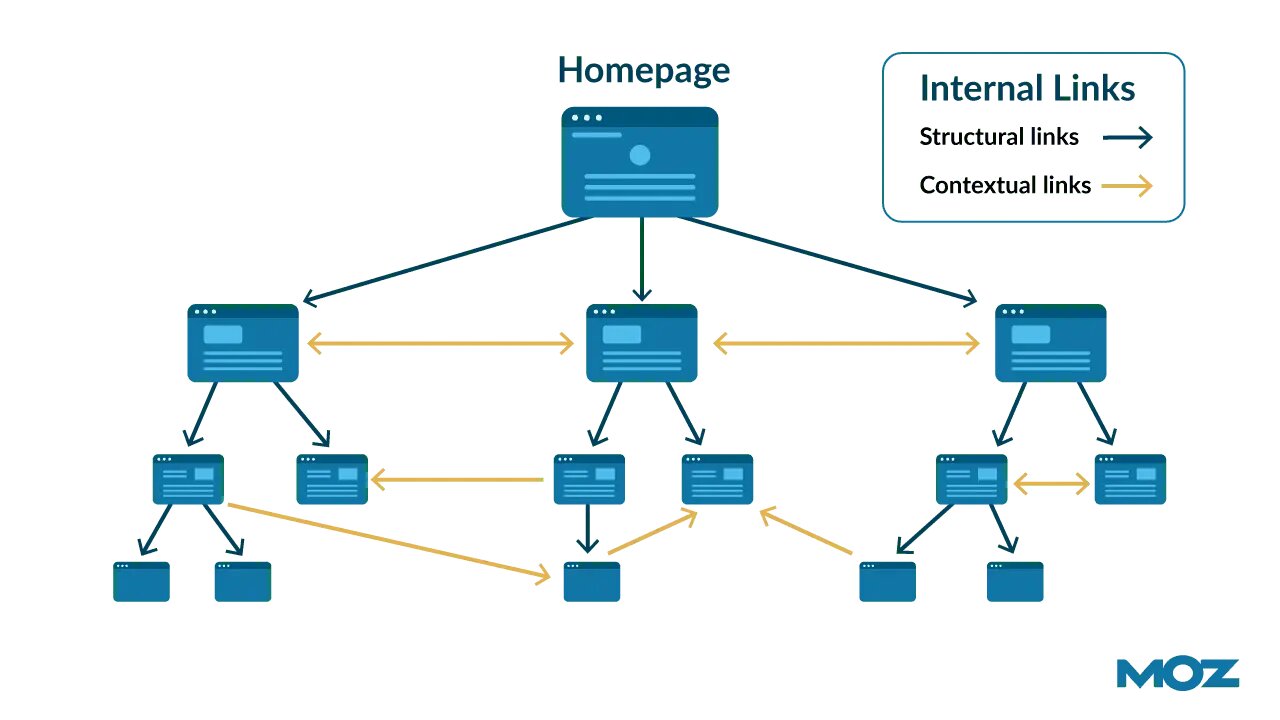How Does an SEO Company Improve Your Website with Technical SEO?
As a website owner or digital marketer, you’ve probably heard the term “internal linking” tossed around when discussing SEO strategies. But have you ever fully understood its role and how it can benefit your website? In this post, I’m going to explore the significance of internal linking, how it impacts site navigation, and the way it can improve your rankings on search engines.
What Is Internal Linking?
Internal linking refers to the practice of linking one page of your website to another page on the same site. These links help users navigate your website and guide search engine crawlers to discover new content. Unlike external links, which direct users to other domains, internal links keep visitors within your site, creating a more cohesive web of content that benefits both users and search engines.
Enhancing Site Navigation
One of the primary reasons for using internal links is to improve your site’s navigation. By strategically placing links within your content, you can create pathways that guide users through your website. This is especially important for larger websites with multiple pages and sections. Without an intuitive structure, users may struggle to find related or deeper content, leading to a poor user experience and higher bounce rates.
Think about it: when you offer users easy access to relevant content, they’re more likely to stay longer on your site, explore more pages, and engage with your brand. For example, if a visitor is reading an article about social media marketing, you could link to a case study, a service page, or even a blog post detailing a particular social media platform strategy. This keeps your visitors engaged, and they’re more likely to return in the future.
The Impact on SEO
Internal linking plays a significant role in boosting your SEO performance. Here’s why:
-
Distribute Link Equity
When you create internal links, you’re passing link equity (also known as “link juice”) throughout your website. This means that pages with higher authority or inbound links can pass some of their authority to other pages. This process helps distribute link equity evenly across your site, enabling lesser-known pages to rank higher and gain more visibility.
-
Improve Crawlability
Search engine crawlers rely on internal links to navigate your website and index its pages. Without proper internal linking, crawlers may miss out on important content, leaving some of your pages unindexed and hidden from search results. By creating a logical, interconnected structure of links, you make it easier for crawlers to discover and index your content, which can ultimately improve your rankings.
-
Increase Time on Site
As I mentioned earlier, internal links improve user navigation, which leads to more time spent on your website. The longer users stay on your site, the better the signal it sends to search engines that your content is valuable and relevant. This increased engagement can contribute to improved rankings over time.
-
Keyword Optimization
Another benefit of internal linking is the ability to optimize your site for specific keywords. By anchoring your internal links with relevant keywords, you send signals to search engines about the topic of the linked page. This can help you rank for those specific keywords, boosting your page’s SEO performance. For example, if you’re linking to a product page on your e-commerce website, you might want to use descriptive anchor text like “buy custom shoes” instead of generic text like “click here.”
Best Practices for Internal Linking
While internal linking is a powerful tool, it’s important to do it strategically. Here are a few best practices to ensure your internal linking strategy is effective:
- Use Descriptive Anchor Text: Always use anchor text that clearly describes the page you’re linking to. Avoid generic phrases like “click here” and focus on including keywords related to the content.
- Link to Important Pages: Prioritize linking to high-converting or important pages on your site, such as product pages, service pages, or landing pages.
- Create a Hierarchical Structure: Establish a clear hierarchy on your website, with main category pages linked to subcategory or product pages. This helps both users and search engines understand the relationship between pages.
- Limit the Number of Links: Don’t overdo it. Too many links on a page can confuse both users and search engines. Aim to include only the most relevant links to guide users to content they’ll find valuable.
- Use a Consistent Linking Strategy: Regularly audit your website to ensure that internal links are still working, and try to keep your linking structure consistent across all pages.
Conclusion
Internal linking is an often-overlooked SEO tactic that can significantly improve both site navigation and rankings. By enhancing the user experience, distributing link equity, improving crawlability, and optimizing for keywords, internal links can create a more robust, well-structured website that benefits both visitors and search engines.
The key is to implement internal linking thoughtfully and strategically. When done right, it’s a small change with a big impact on the success of your website. So, next time you publish new content or update old posts, take a moment to review your internal linking strategy. It could be the secret to improving your rankings and providing a better experience for your visitors.




